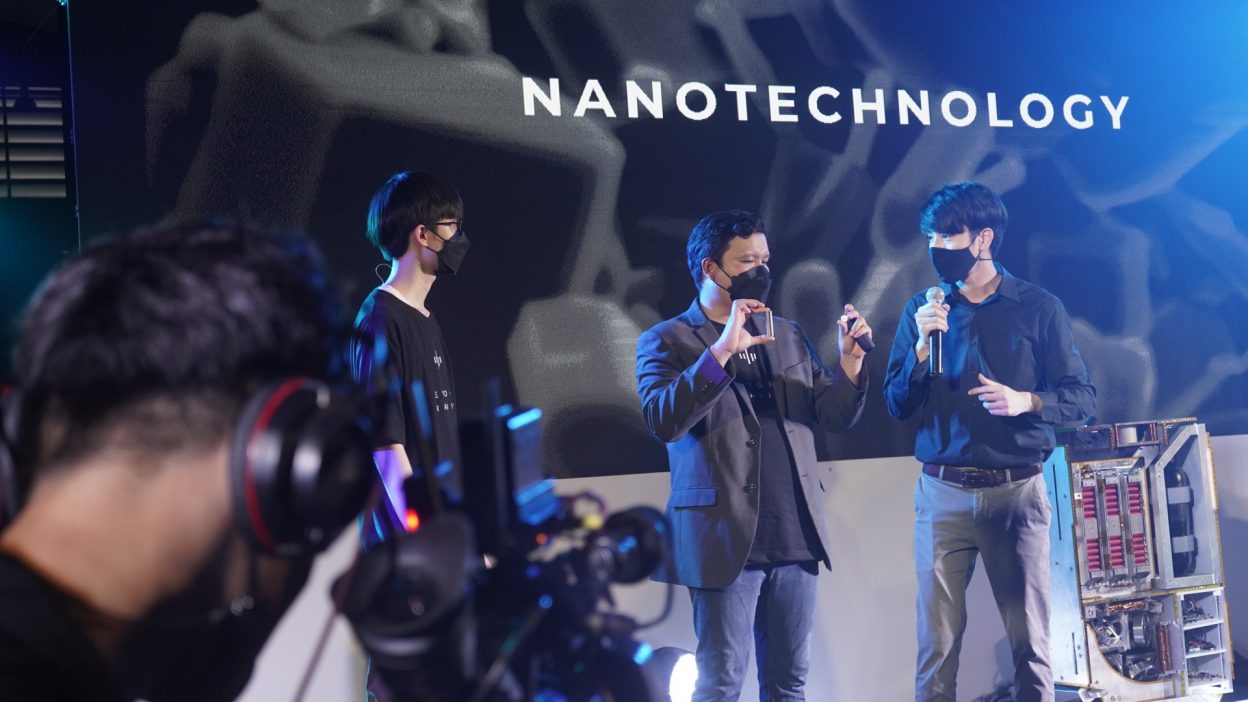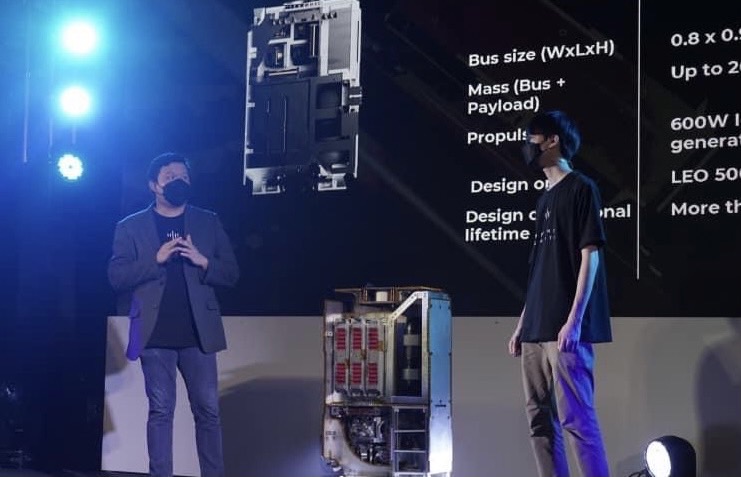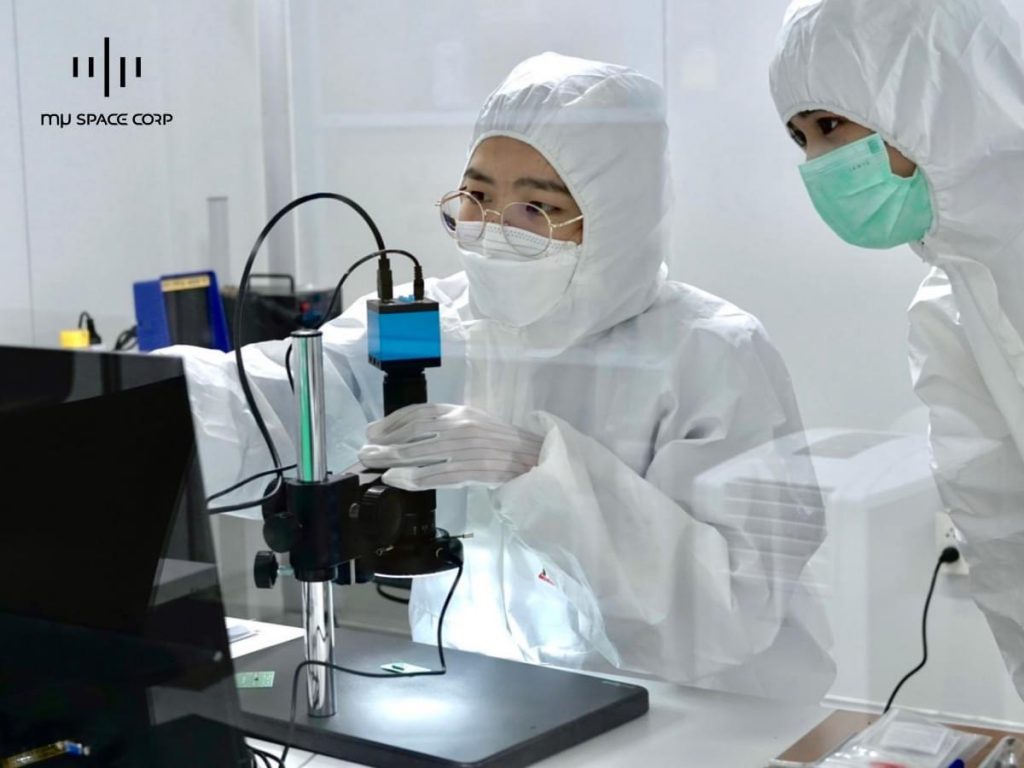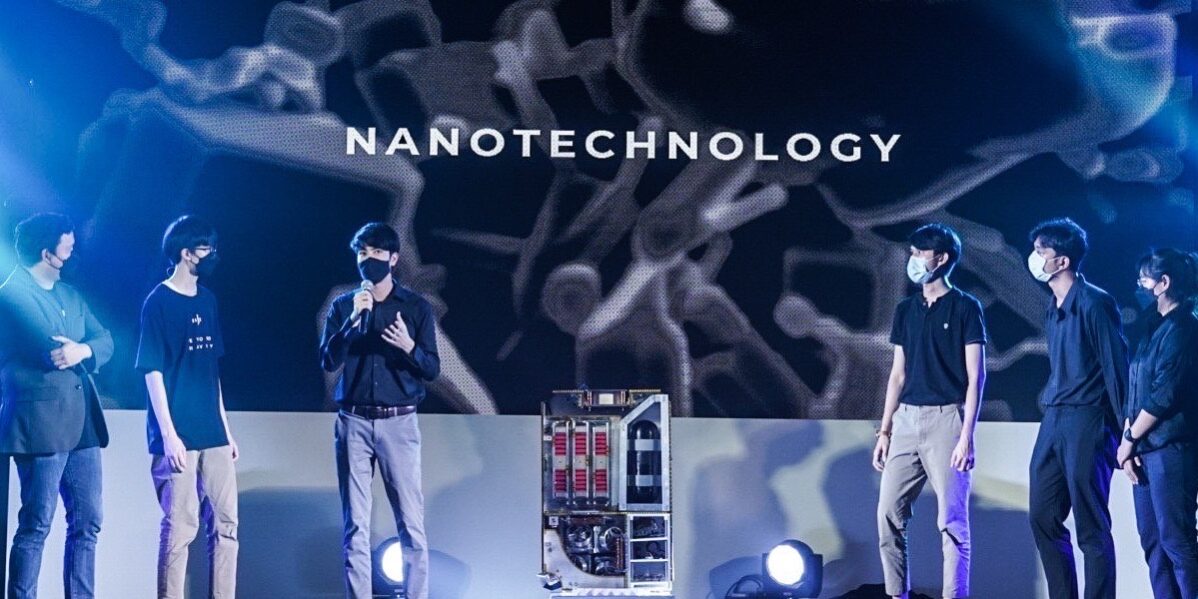Aerospace manufacturers mu Space has continued their drive for constant innovation in the industry, this time incorporating their latest product with cutting-edge nanotechnology. At their recent live event, Satellite Tech Unveil 2021, muSpace announced and displayed their latest satellite. Additionally, they gave a detailed presentation on the production of their satellites. During the live presentation, mu Space’s CEO & CTO, James Yenbamroong and its leading engineers stated that the satellite parts are built with nanotech composites. Nanotechnology is an ever growing innovation that is slowly making its way towards various industries. The introduction of nanotech in the aerospace industry has been significant as it has helped the industry grow and allowed for logistics to be less costly and more efficient.

So what is nanotechnology? And how does it apply to the aerospace industry?
Nanotechnology is miniaturization at an advanced level, ultimately taking a large product and making it smaller while keeping all the same functions of the original product. That sound’s quite simple but the process of perfecting this technology comes with many challenges. It is impossible to shrink an object, therefore the only way to miniaturize an object is to build it with smaller parts, and ultimately the object itself will become smaller. These challenges, once overcome, leave us with a chance to explore space in ways we have never been able to. With nanotechnology significantly reducing logistics costs due to its low mass, the industry can now explore further into areas that might have been deemed logistically impossible in the past. Logistics and cost efficiencies are not the only positives from nanotech, but furthermore, nanotechnology could help save lives in space. Sensors have become one of the focuses when it comes to innovating nanotechnology for the aerospace industry. By having gas sensors and basic bio-sensors on their suits, astronauts will be able to learn about gas leaks or their bio conditions immediately, being able to act fast if anything goes wrong.
In their recent live event, mu Space announced their latest satellite, the MU-B200, a small satellite that has nanotechnology incorporated into some of its composites. The satellite weighs 200 kilograms and comes with a 1.2 kW high-power system. Equipped with a 600w Krypton ion drive and an advanced GPS system, the MU-B200 has more than 5 years of design lifetime. On top of that, the mu-B200 satellite features krypton thrusters for orbit correction, a phased array antenna, and a unique reaction wheel featuring a maximum torque of 190 mN/m. The lightweight and high power is accomplished through using nanotechnologies in the manufacturing process.

The primary usage of nanotechnology in this satellite is to build a high-powered battery. The space-grade battery produced in-house and through their vertical integrated system, is composed of nickel, a solid-state electrolyte, and a silicone-based graphene composite. The graphene composite is where nanotechnology comes in. Due to its hexagonal carbon structure, graphene is extremely lightweight hence making it perfect to use in nanotech products. Its lightweight is not its only strength, but graphene is also stronger and more flexible than steel.
With mu Space actively looking to better the lives of humans through their aerospace products, the introduction of nanotechnology to their products can only boost their goal. Nanotechnology will help mu Space and its team to explore space and search for alternative sources of energy, which ultimately is what the company stands for. Being a vertically integrated company will lower the cost for mu Space even more, due to having leading engineers that can perfect this technology and apply it to the right places.
Speaking about nanotechnology during the Satellite Tech Unveil 2021 event, CEO James Yenbamroong stated:
“Our battery is high in nickel content and we would like to switch out carbon for silicon powdered nano sized, which is very small around 1 nanometer.”
Senior engineer, Chatchanan Prommalikit then added and explained the process of building the battery in the mu Space factory:
“In Factory 1 we have a laboratory that does research on solid-state batteries, and in the there are about 30 machines that are working to produce the battery cells. Today we have brought the prototype to display.”

Chatchanan then brought out the batteries, handing them over to our CEO & CTO James, who then showed them to the public for the first time. Further adding:
“This battery is created in our Battery Lab which is part of Factory 1.”
Thus making it extremely clear to the public that mu Space is a vertically integrated company that builds everything in-house from spare parts to the whole structure itself.







